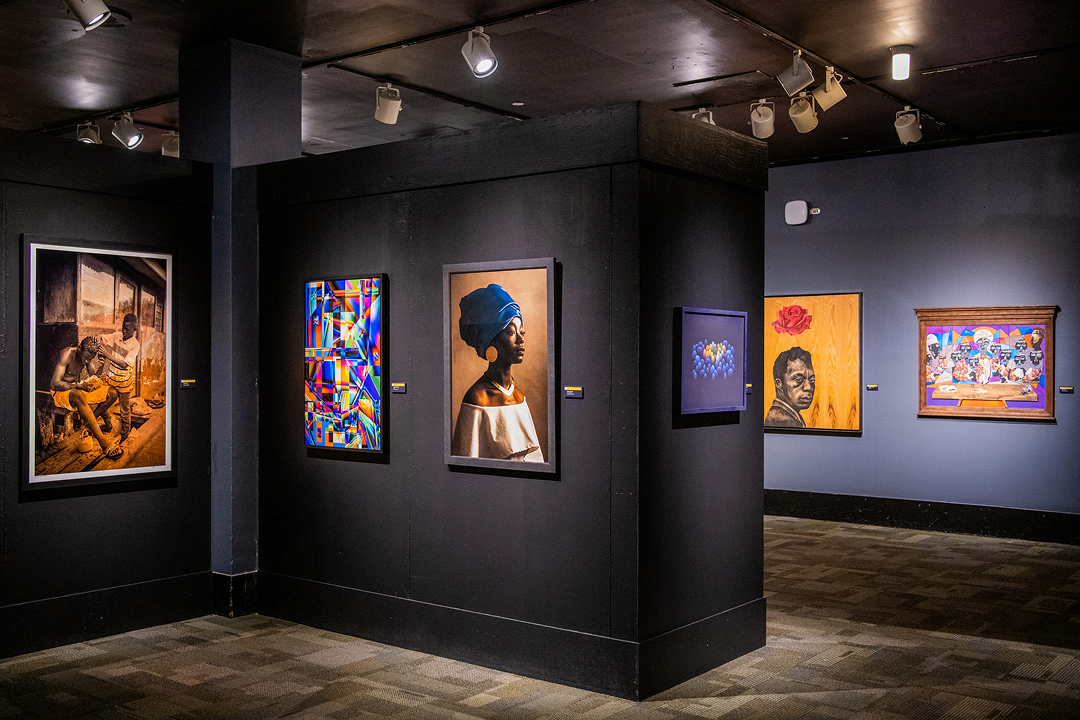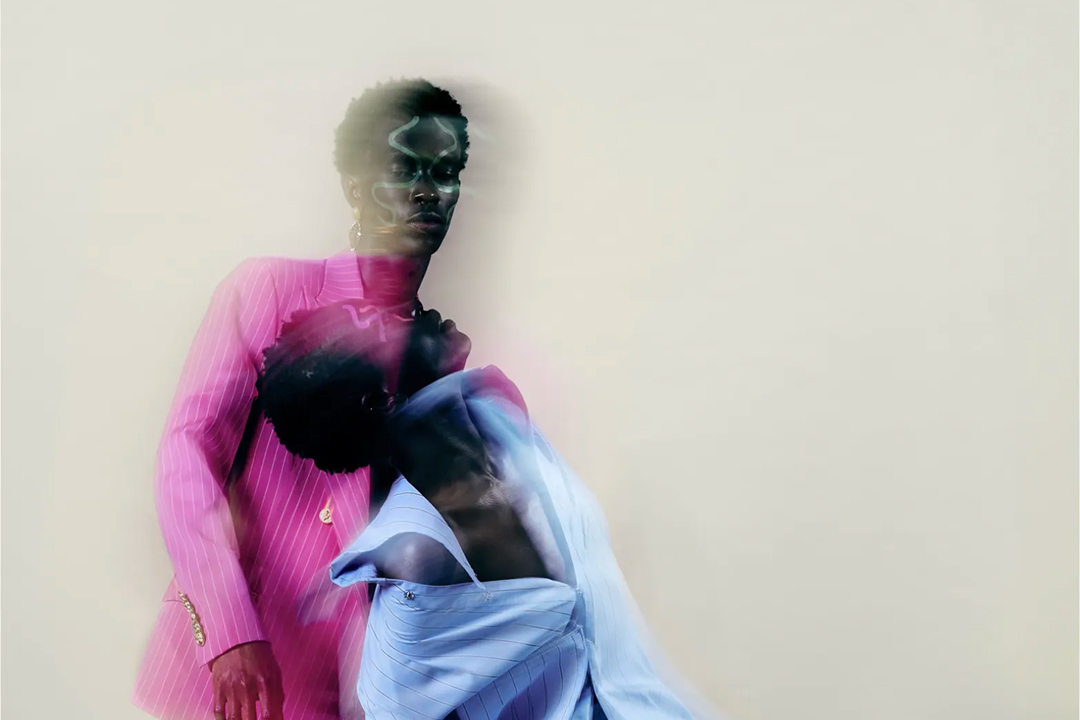How a High School Project Became Illinois’ Most Moving Black History Exhibit

Within the quiet heart of Central Illinois, inside the Decatur Public Library, a classroom of students is changing how Illinois remembers Black history.
Twelve vertical banners stretch across the library’s exhibit hall. Each one tells a story, some painful, some powerful, all essential. Together, they form a new traveling exhibit called Honoring the Legacy of Black History in Illinois, a collaboration between the Decatur Public Library and Mount Zion High School.
What sets this apart isn’t just the subject matter. It’s who created it.
More than two dozen students, enrolled in Mount Zion’s African American Experience course, spent nine months researching overlooked chapters in Black history. The result? A deeply researched, emotionally resonant exhibit that will now travel to Springfield, Bloomington, Champaign, and Chicago.
And it all started with a question not found in most high school curricula: Whose stories are missing from our understanding of Illinois?
A Classroom Project Turned Statewide Exhibit
This year marks the 12th year of the African American Experience class at Mount Zion High School. For instructor Richard Hansen, it’s never just been a class, it’s a challenge to think deeper.
“We live in very interesting times,” Hansen says. “There are a lot of stories of African American triumphs and tragedies that sadly don’t get taught. They are not included in history books, but it’s so vitally important to understanding the African American experience and our state’s role in it.”
Hansen and his students chose to move beyond a traditional final exam. Instead, they produced a fully portable Black history exhibit designed to educate the public, not just classmates.
Each banner serves as a window into untold narratives. Topics range from the Great Migration’s impact on Central Illinois to overlooked civil rights efforts in smaller towns. Some stories focus on local figures lost to history. Others explore systemic injustices that still echo today.
For many students, the process was transformative.
“It’s a very tough class to sit through,” says one senior. “We talked about a lot of things that I didn’t know, things that are very hard to hear. But I think it’s important that we just love each other. And I hope that by learning about our past, we learn how to be a little nicer.”
Awareness as a Tool for Change
Decatur is the first stop on the exhibit’s journey. It will remain there throughout the summer, inviting locals and tourists alike to engage with Illinois’ Black history in a fresh, student-driven format.
After Decatur, the banners will move across the state, with stops in Springfield, Bloomington, Champaign, and Chicago. At each stop, the hope is the same: spark conversation, raise awareness, and plant seeds of curiosity in the minds of viewers.
“We hope that these stories spark conversations,” says Hansen. “Bring about awareness, educate folks, so that they can make their communities better places to live in, and to maybe identify with each other in a new way.”
Students agree. One Mount Zion senior put it this way: “Awareness is, you know, the best thing that you can do for your community and for others. That’s why we made it mobile, so others could learn too.”
The impact of the class and the Black history exhibit, goes far beyond academic enrichment. It’s an experience in empathy. A reminder that history isn’t just something that happened, it’s something that’s happening still.
Looking Back to Look Forward
For institutions like the Decatur Public Library, hosting the exhibit is more than just an event. It’s a commitment to year-round engagement with Black history and culture.
The banners themselves are visually striking: bold graphics, archival photos, and clear timelines draw viewers in. But it’s the writing that lingers, personal, precise, and written with purpose.
This is not just a celebration of history. It’s a call to learn, reflect, and build a better future rooted in truth.
And in a time when the politics of education are growing more polarized, this traveling Black history exhibit delivers a quiet but powerful message: the classroom can be a catalyst for change, not just for students, but for communities.
What Comes Next
The exhibit is expected to return to Decatur in two years. By then, it will have left its mark on cities and towns across Illinois, inspiring more people to ask questions, dig deeper, and see Black history not as a separate thread but as a vital part of the state’s identity.
Until then, the students’ work will speak for itself, through each banner, each story, and every conversation it stirs.
As one student summed it up: “If I don’t learn something, I can’t help change what’s wrong.”
It’s a message Illinois, and the rest of the country, would do well to remember.





